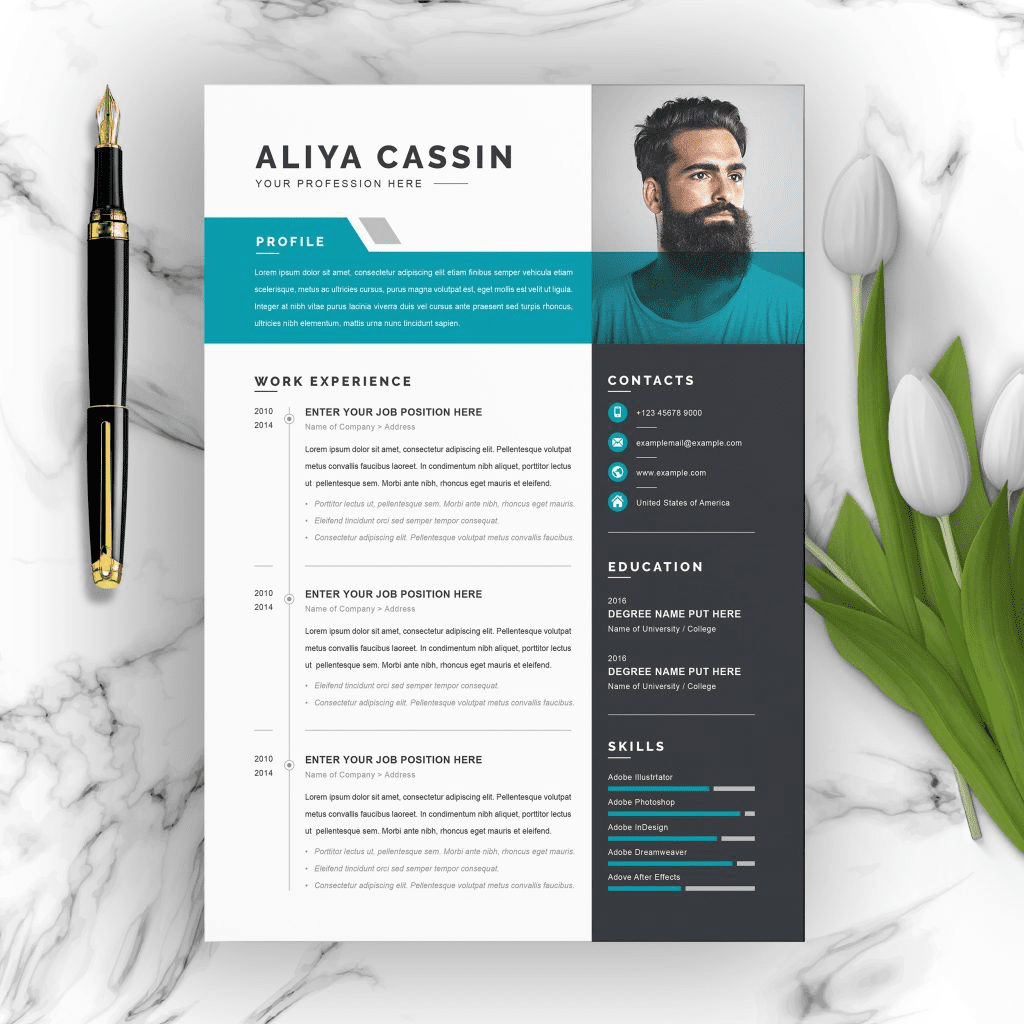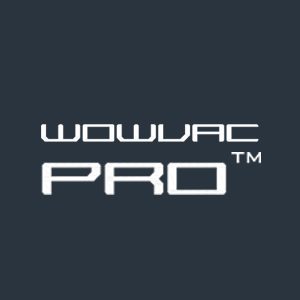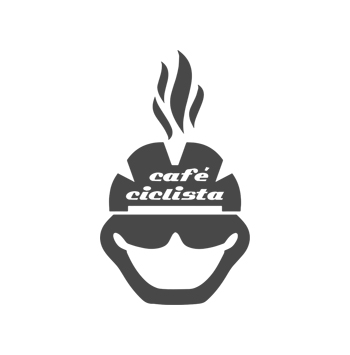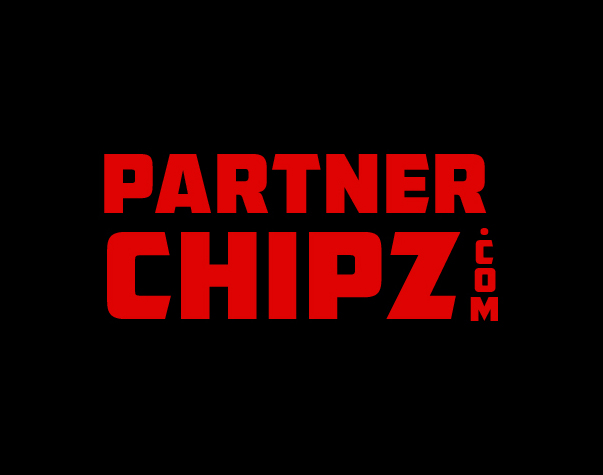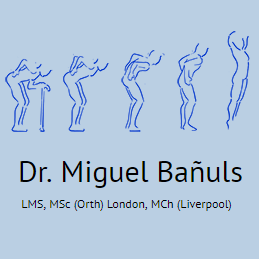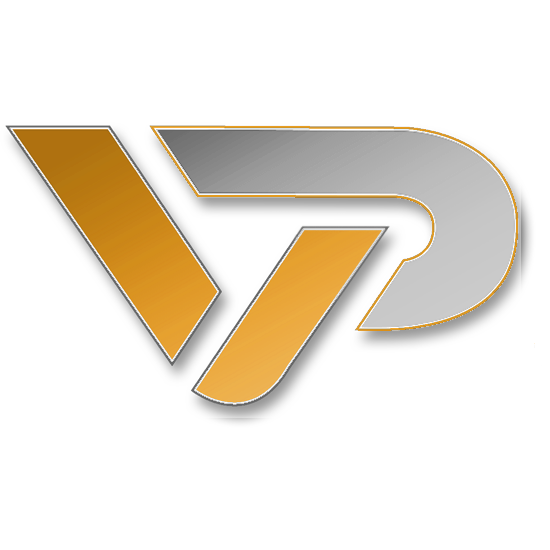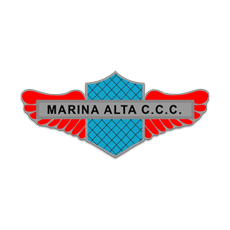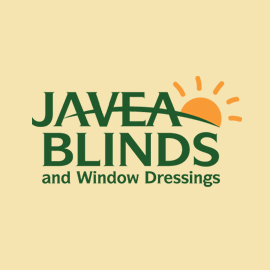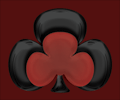In the competitive landscape of job applications, resume design plays a pivotal role in making strong first impressions. A well-crafted resume design not only showcases your qualifications but also reflects your professionalism and attention to detail. When exploring resume templates, candidates can utilize various creative resume layouts to align with specific industry expectations and personal branding. Understanding the best resume format is essential, enabling you to present your skills and experience effectively. This article will delve into resume design tips that can elevate your application and help you stand out in the eyes of prospective employers.
When it comes to crafting a standout job application, the visual layout and structure of your credentials are more crucial than ever. Job seekers must consider various design strategies to create impactful representations of their experience, often referred to as career profiles or job summaries. Using innovative artistic formats or traditional, clean designs can express one’s uniqueness while meeting the expectations of potential recruiters. Mastering the principles of effective visual communication within your employment documentation can greatly influence hiring decisions. This guide will provide valuable insights into the elements that constitute effective and appealing job application designs.
Understanding Resume Design Fundamentals
When embarking on the journey of crafting a resume, it’s essential to grasp the key design fundamentals that can set your application apart. At the core are three principles: readability, hierarchy, and visual balance. Readability is paramount—think about how your choice of font, the spacing between text, and the overall layout affect how easily a recruiter can digest your information. For instance, utilizing clean sans-serif fonts like Arial or Helvetica can enhance clarity, particularly in a digital context.
Hierarchy aids in guiding the reader’s attention to the most critical components of your resume. This can be achieved through strategic use of headers, bullet points, and varying font sizes. Finally, achieving visual balance means ensuring that no section feels overcrowded, allowing for adequate white space which facilitates a pleasant reading experience. This balance not only improves navigation but also forms a professional impression right from the first glance.
Modern Resume Design Templates for Different Industries
Recent years have seen a significant evolution in resume design, particularly across different sectors. The preferences in design aesthetics vary remarkably from one industry to another. For example, technology firms often gravitate towards minimalist designs that emphasize functionality and clarity. This is in stark contrast to industries like healthcare, where a more traditional approach is favored. Here, the design must exude professionalism and reliability, ensuring that even the font choice accentuates trust.
Conversely, fields such as marketing and creative services embrace a more vibrant palette in their templates, often utilizing infographics and engaging layouts to capture attention. This divergence highlights the importance of aligning your resume design with industry standards while also allowing personal style to shine as appropriate.
Professional Resume Design Examples and Applications
When dissecting professional resume design, one can appreciate how substance frequently trumps flashiness. In traditional sectors, such as law or finance, applicants benefit from clean and structured layouts. These designs typically prioritize clear headings and consistent formatting—attributes that convey seriousness and reliability.
For positions involving higher levels of authority, such as executives, the design must communicate leadership through sophisticated visual elements. Thus, an effective resume strikes a harmonious balance between style and substance, ensuring the information not only stands out but also aligns with the candidate’s professional narrative.
Creative Resume Layout Ideas for Competitive Fields
In highly competitive fields like graphic design and advertising, resumes serve as a canvas for creative expression. Applicants must ingeniously weave their portfolios into the resume layout, showcasing their design skills directly within the document. For instance, incorporating color blocks, visually appealing fonts, or even unique shapes can effectively demonstrate artistic flair.
Each design choice must be deliberate, reflecting both personal style and a deep understanding of the industry’s aesthetic norms. The challenge lies in crafting a resume that diversifies itself from the sea of standard applications without compromising on professionalism. The goal is to entice potential employers while clearly communicating qualifications and achievements.
Clean Resume Design Templates for Universal Appeal
Clean resume designs embody simplicity and professionalism, making them universally appealing. Such templates focus on presenting information in an easily digestible format, with a strong emphasis on clarity. This approach attracts attention to vital information without overwhelming the reader, which is particularly advantageous in industries where a straightforward presentation is valued.
The minimalist style allows candidates to convey their messages effectively, ensuring that their core skills, experiences, and accomplishments shine through. Clean designs can often adapt seamlessly across different industries, making them a safe yet impactful choice for many job seekers.
Best Resume Format for Design Jobs and Creative Positions
In the realm of design jobs, the resume format plays a pivotal role in demonstrating creativity while still adhering to industry expectations. Those seeking roles in creative sectors must deftly strike a balance between artistic expression and clear communication. This often means integrating elements like a professional portfolio or incorporating creative typography that resonates with one’s artistic vision.
For instance, utilizing a layout that features sections for skills, experiences, and contact information in an aesthetically pleasing manner can distinguish an applicant from others. These careful choices reflect an understanding of both the candidate’s design sensibilities and the expectations within the industry.
Matching Design Choices to Career Objectives
Selecting the appropriate resume design in relation to your career objectives is essential. For example, candidates transitioning between fields might opt for a more neutral and adaptable design that resonates with various industries while still showcasing their key strengths. Conversely, those looking to progress within their current industry should consider designs that reflect growth, sophistication, and professionalism.
Ultimately, aligning your resume’s visual elements with your career goals aids in crafting a narrative that speaks to potential employers in a language they understand and appreciate.
Common Design Mistakes to Avoid
When designing a resume, several pitfalls can detract from its effectiveness. Overdesigning—such as excessive use of graphics, fonts, or colors—can lead to a cluttered appearance that confuses the reader. Additionally, consistent formatting is crucial; switching between styles can create a disjointed experience that undermines professionalism.
Poor color choices can also convey the wrong message or detract from the intended impact of the resume. It’s imperative to ensure adequate white space is maintained to enhance readability and avoid overwhelming potential employers.
Frequently Asked Questions
One common question is, “What constitutes the best design for entry-level positions?” For entry-level candidates, simple and professional designs work best, as they effectively highlight qualifications without overshadowing them with excessive flair.
Another frequent inquiry revolves around how modern resume design templates impact applicant tracking systems (ATS). Most well-designed formats maintain compatibility with ATS when avoiding excessive graphics or unconventional formatting that might confuse scanning algorithms.
Conclusion
In conclusion, the journey of selecting the best resume design is an intricate one, woven with threads of personal branding, industry expectations, and specific career objectives. A well-executed resume not only communicates information but does so in a way that is visually compelling and functionally effective.
By finding the right balance between aesthetic appeal and clarity of content, individuals can craft resumes that stand out in a crowded job market, ensuring their qualifications are seen for the accomplishments they represent.
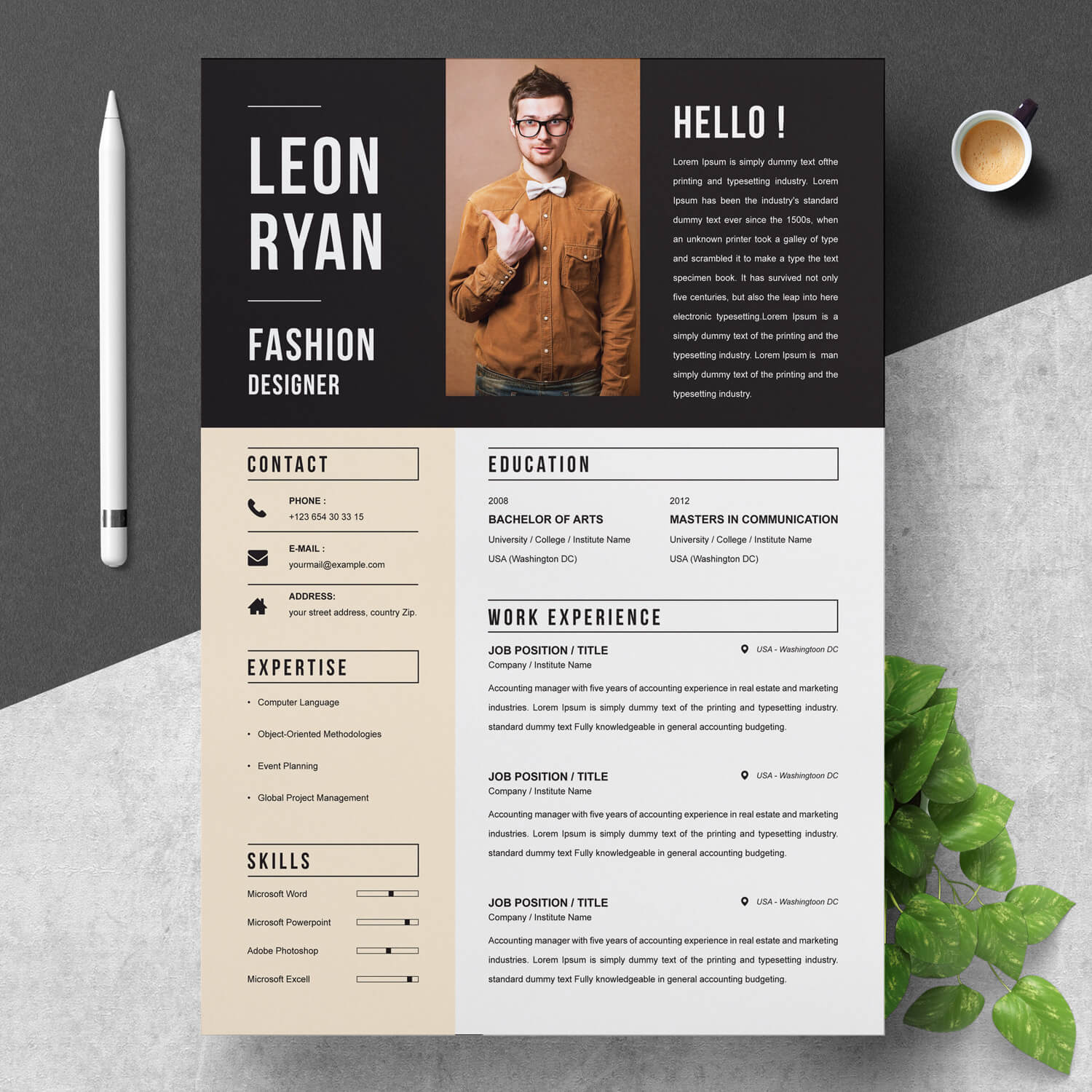
Effective Resume Design for Success
In conclusion, choosing the right resume design is not merely about aesthetics; it is a strategic decision that can significantly impact your job application journey. By aligning your resume’s visual elements with your career aspirations and the expectations of your target industry, you create a first impression that resonates with recruiters. A well-designed resume captures attention swiftly, ensuring essential information is communicated clearly and effectively. Keeping in mind the fundamental principles of design—readability, hierarchy, and balance—will set the stage for a powerful document that enhances your chances of securing interviews.
Moreover, avoiding common design pitfalls, such as cluttered layouts or inappropriate color choices, allows your professional credentials and personal brand to shine through. As you refine your resume, remember these key points:
– Tailor your design to match the industry standards and your specific career goals.
– Use clear fonts and sufficient spacing to improve readability.
– Ensure your layout maintains a balance between creativity and professionalism, especially in traditional fields. Ultimately, a strategic approach to resume design will not only help you stand out but also create a compelling narrative that guides employers toward understanding your value.
Final Thoughts on Resume Design Strategies
In summary, the art of resume design is crucial in navigating today’s competitive job market. By exploring various templates and understanding the nuances of different industries, you can craft a resume that not only showcases your skills but also reflects your unique career journey. The guiding principles of effective resume design—clarity, professionalism, and visual appeal—should be at the forefront of your creation process. This ensures that your resume stands out in the pile, even during the brief six seconds recruiters often allocate to initial reviews.
To maximize the impact of your resume, consider these takeaways:
– Focus on a clean and organized structure to enhance readability.
– Incorporate elements that speak to your professional identity while remaining industry-appropriate.
– Regularly update your resume design as your career develops to reflect growth and new objectives. By implementing these strategies, your resume will not only serve as a marketing tool for your professional brand but also as a testament to your dedication and attention to detail.

